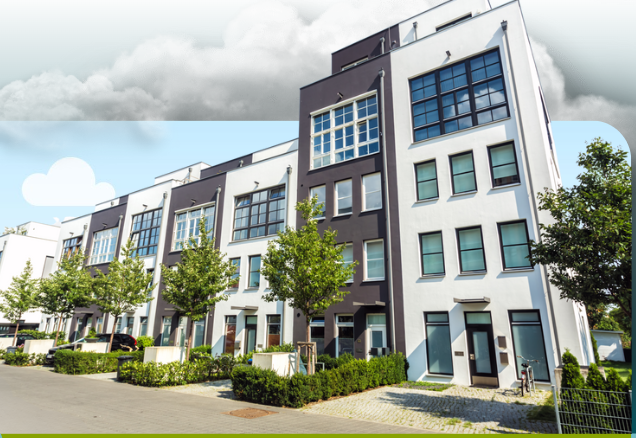Exploring Mortgage Options: Fixed-Rate vs. Adjustable-Rate Mortgages
 In the realm of real estate financing, the choice between a fixed-rate and an adjustable-rate mortgage (ARM) is a critical decision that can significantly impact your financial future. Each option comes with its own set of benefits and considerations, making it essential for homebuyers to understand the differences before making a commitment. Let's delve into the intricacies of fixed-rate and adjustable-rate mortgages and explore how they align with various homeowner needs and preferences.
In the realm of real estate financing, the choice between a fixed-rate and an adjustable-rate mortgage (ARM) is a critical decision that can significantly impact your financial future. Each option comes with its own set of benefits and considerations, making it essential for homebuyers to understand the differences before making a commitment. Let's delve into the intricacies of fixed-rate and adjustable-rate mortgages and explore how they align with various homeowner needs and preferences.Fixed-Rate Mortgages: Stability and Predictability
A fixed-rate mortgage is a traditional financing option where the interest rate remains constant throughout the life of the loan. This means that your monthly mortgage payments will remain unchanged, providing stability and predictability over the long term. Here's a closer look at the key features and advantages of fixed-rate mortgages:
Stability: With a fixed-rate mortgage, homeowners benefit from the certainty of knowing that their monthly payments will remain consistent over the entire loan term. This stability makes budgeting easier and provides peace of mind, especially for those on fixed incomes.
Predictable Payments: Since the interest rate remains fixed, borrowers can accurately predict their housing expenses for the duration of the loan. This predictability is particularly advantageous in times of economic uncertainty or fluctuating interest rates.
Long-Term Planning: Fixed-rate mortgages are well-suited for homeowners who plan to stay in their properties for an extended period. The consistent monthly payments allow for better long-term financial planning and budgeting, enabling homeowners to build equity steadily.
Protection Against Rate Increases: By locking in a fixed interest rate, homeowners are shielded from potential rate hikes in the future. This protection provides security and financial insulation against rising borrowing costs.
Despite their numerous benefits, fixed-rate mortgages may come with slightly higher initial interest rates compared to adjustable-rate mortgages. However, the peace of mind and stability they offer often outweigh the slightly higher upfront costs.

Adjustable-Rate Mortgages: Flexibility and Initial Savings
In contrast to fixed-rate mortgages, adjustable-rate mortgages (ARMs) feature interest rates that can fluctuate over time based on market conditions. ARMs typically offer lower initial interest rates compared to fixed-rate mortgages, making them an attractive option for certain borrowers. Here are some key considerations for homeowners considering an ARM:
Lower Initial Rates: One of the primary advantages of ARMs is their lower initial interest rates, which can result in more affordable monthly payments, especially during the initial fixed-rate period.
Potential for Savings: Homeowners who plan to sell or refinance their properties before the end of the initial fixed-rate period may benefit from the lower initial rates offered by ARMs. This can result in significant savings in the early years of homeownership.
Rate Adjustment Periods: After the initial fixed-rate period expires, the interest rate on an ARM may adjust annually or semi-annually based on predetermined indexes. Borrowers should carefully consider the frequency and magnitude of potential rate adjustments when evaluating ARMs.
Risk of Rate Increases: While ARMs offer lower initial rates, they also come with the risk of future rate increases. Homeowners should assess their ability to absorb potential payment increases in the event of rising interest rates.
Choosing the Right Mortgage Option
Ultimately, the choice between a fixed-rate and an adjustable-rate mortgage depends on individual financial circumstances, risk tolerance, and long-term goals. Homebuyers are encouraged to carefully weigh the advantages and disadvantages of each option before making a decision. Consulting with a mortgage professional can provide valuable guidance and insights tailored to specific homeowner needs.
By understanding the nuances of fixed-rate and adjustable-rate mortgages, homeowners can make informed decisions that align with their financial objectives and set the stage for successful homeownership.
Comments
Post a Comment